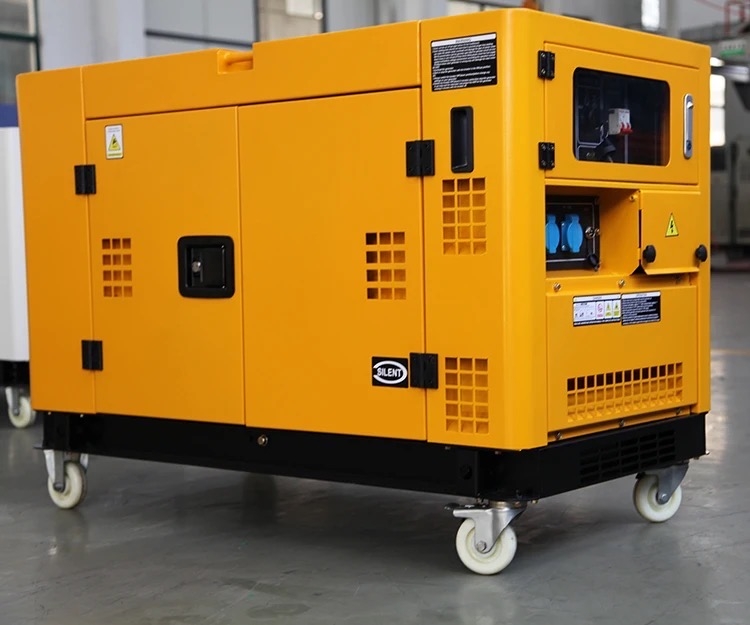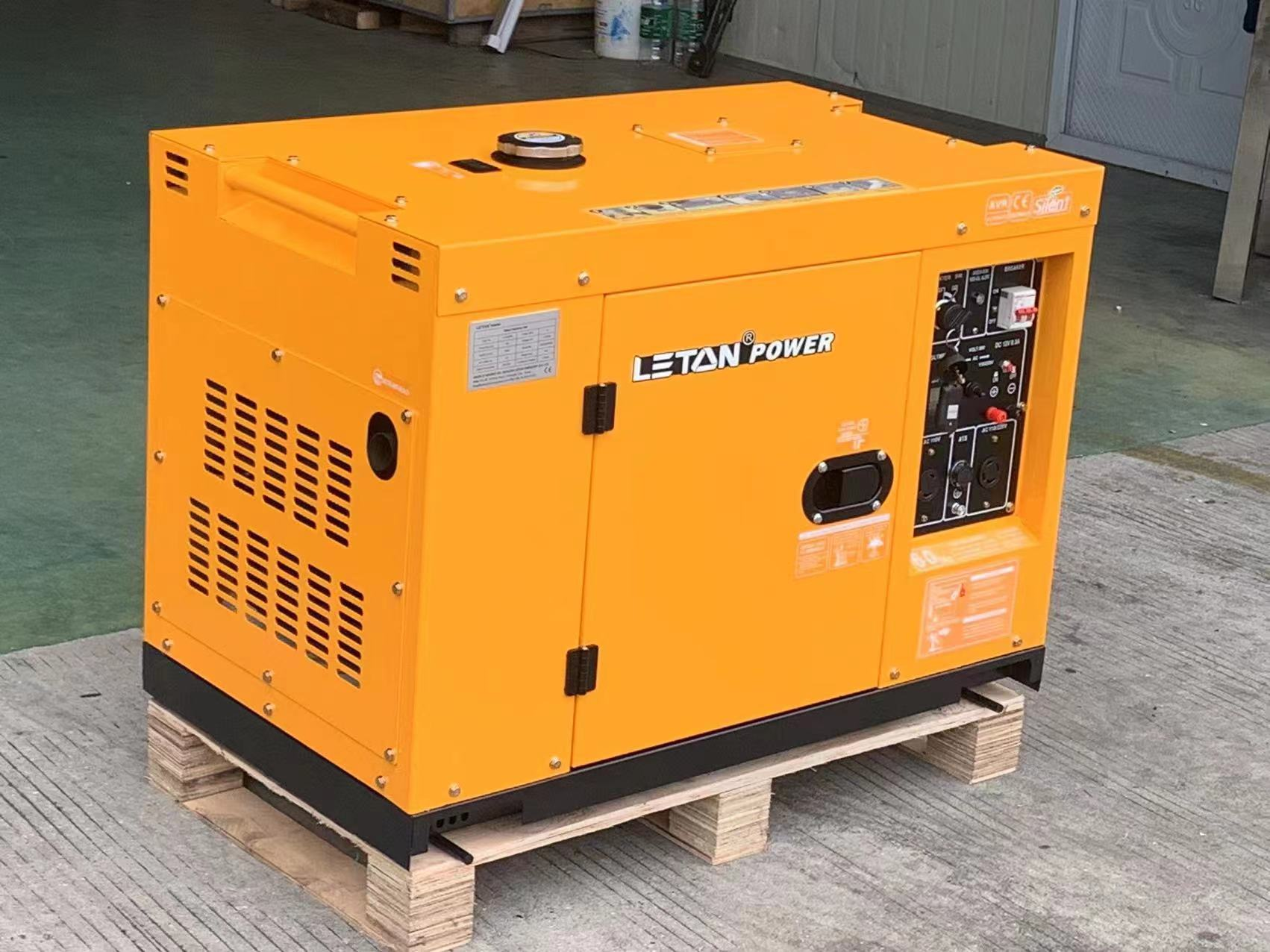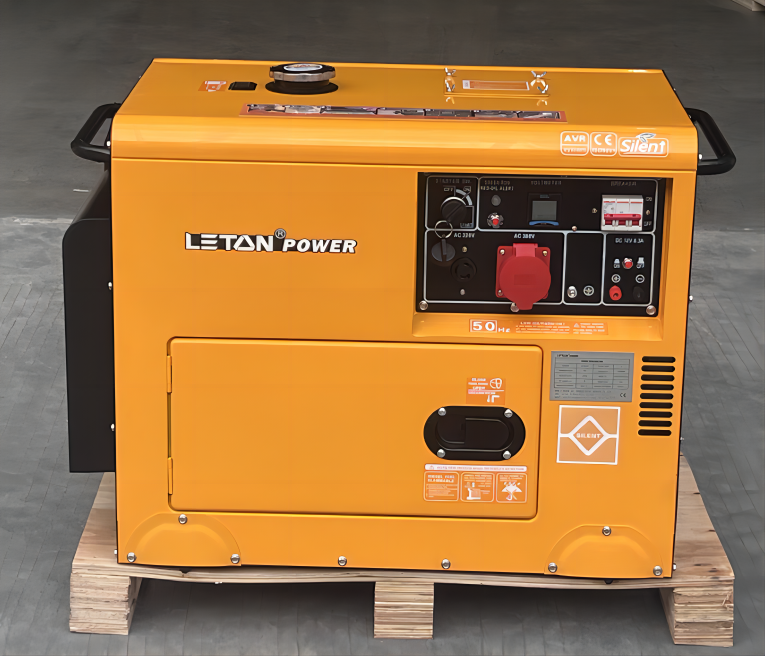1. Preparation
- Check the Fuel Level: Ensure that the diesel tank is filled with clean, fresh diesel fuel. Avoid using contaminated or old fuel as it can damage the engine.
- Oil Level Check: Verify the engine oil level using the dipstick. The oil should be at the recommended level marked on the dipstick.
- Coolant Level: Check the coolant level in the radiator or coolant reservoir. Ensure it’s filled to the recommended level.
- Battery Charge: Verify that the battery is fully charged. If necessary, recharge or replace the battery.
- Safety Precautions: Wear protective gear such as earplugs, safety glasses, and gloves. Ensure the generator is placed in a well-ventilated area, away from combustible materials and flammable liquids.
2. Pre-Start Checks
- Inspect the Generator: Look for any leaks, loose connections, or damaged parts.
- Engine Components: Ensure the air filter is clean and the exhaust system is free of obstructions.
- Load Connection: If the generator is to be connected to electrical loads, ensure the loads are properly wired and ready to be switched on after the generator is running.

3. Starting the Generator
- Switch Off Main Breaker: If the generator is to be used as a backup power source, switch off the main breaker or disconnect switch to isolate it from the utility grid.
- Turn On Fuel Supply: Ensure the fuel supply valve is open.
- Choke Position (If Applicable): For cold starts, set the choke to the closed position. Gradually open it as the engine warms up.
- Start Button: Turn the ignition key or press the start button. Some generators may require you to pull a recoil starter.
- Allow Warm-Up: Once the engine starts, let it idle for a few minutes to warm up.
4. Operation
- Monitor Gauges: Keep an eye on the oil pressure, coolant temperature, and fuel gauges to ensure everything is within normal operating ranges.
- Adjust Load: Gradually connect electrical loads to the generator, ensuring not to exceed its maximum power output.
- Regular Checks: Periodically check for leaks, abnormal noises, or changes in engine performance.
- Ventilation: Ensure the generator has adequate ventilation to prevent overheating.
5. Shutdown
- Disconnect Loads: Turn off all electrical loads connected to the generator before shutting it down.
- Run Down: Allow the engine to run for a few minutes at idle speed to cool down before shutting it off.
- Switch Off: Turn the ignition key to the off position or press the stop button.
- Maintenance: After use, perform routine maintenance tasks such as checking and replacing filters, topping up fluids, and cleaning the exterior.
6. Storage
- Clean and Dry: Before storing the generator, ensure it’s clean and dry to prevent corrosion.
- Fuel Stabilizer: Consider adding a fuel stabilizer to the tank if the generator will be stored for an extended period without use.
- Battery Maintenance: Disconnect the battery or maintain its charge using a battery maintainer.
By following these steps, you can safely and efficiently operate a diesel generator, ensuring reliable power supply for your needs.
Media Contact
Company Name: Sichuan Leton Industry Co., Ltd.
Email: Send Email
Country: China
Website: https://www.letongenerator.com/


